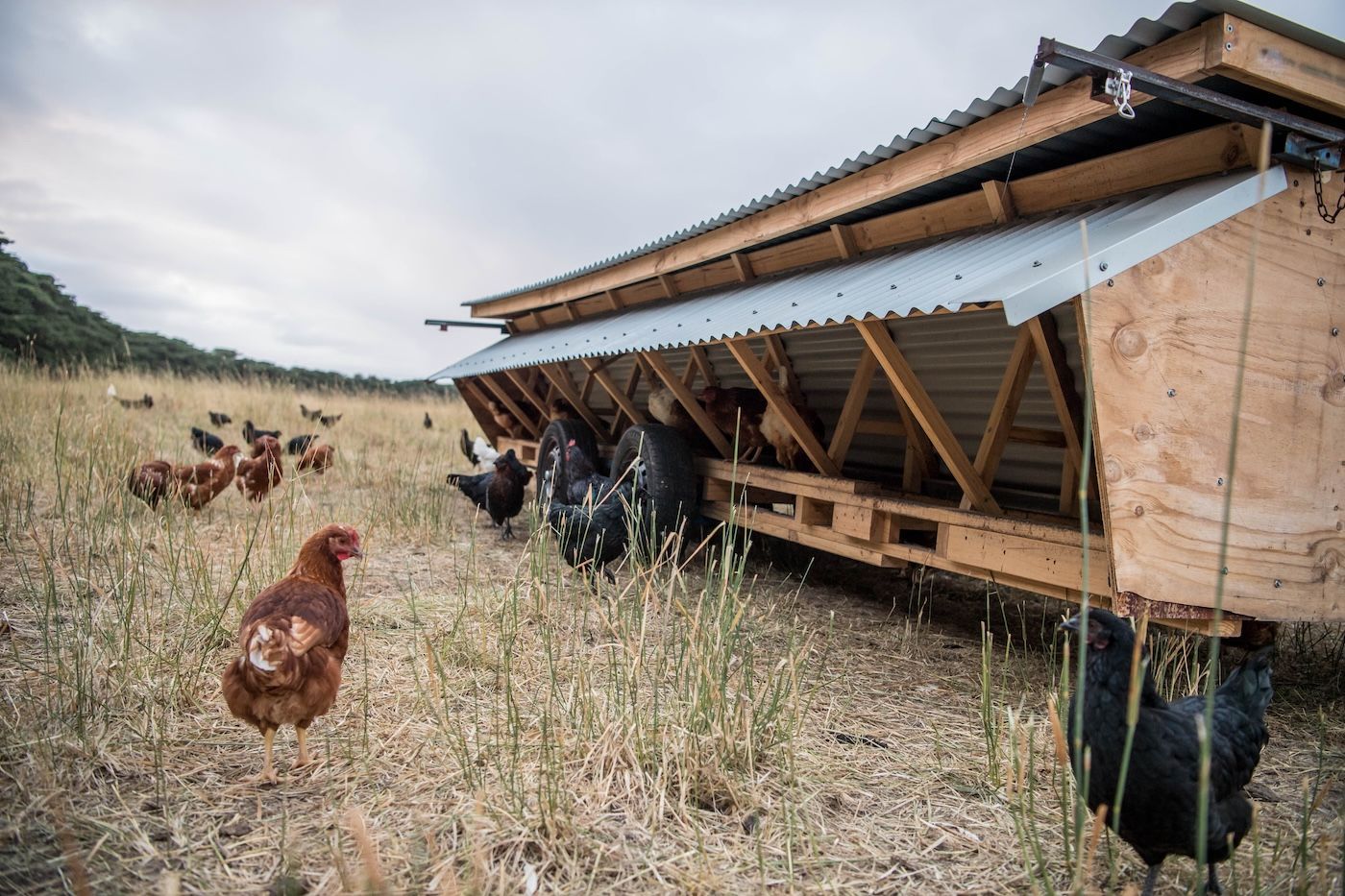News


It's back to the future as the very 2005 threat of H5 bird flu hits Australia, two decades after the first epidemic.
Last year saw widespread chaos in both the agricultural industry and supermarket aisles as the H7N3 strain of bird flu forced seven eastern Australian poultry farms into quarantine.
Since February this year, there have been no new notifications of the disease, with the federal government declaring the H7 strain officially eradicated in June. But with the H5N1 strain spreading rapidly across the globe again, preparedness is ramping up from the farm gate to the halls of Parliament House.
Currently, Australia is the only continent free of H5 bird flu.
What's the Difference Between H7 and H5?
Not all bird flus are created equal. H7 is the lesser of the two - still destructive, but more easily controlled and less likely to transmit to humans.
Overseas outbreaks show that H5 bird flu would have significant impacts on our wildlife and the agriculture industry, especially poultry, and communities if it reaches Australia.
In 2022, H5N1 mutated and spread quickly across the globe. It infected hundreds of thousands of wild birds, as well as dairy herds in the United States and sheep in the United Kingdom.
The risk of H5N1 arriving in Australia is now elevated with the spring migration bringing millions of wild birds to our shores.
Michelle Wille from the WHO Collaborating Centre for Reference and Research on Influenza at the Doherty Institute, which tracks migratory birds, warned that the virus was only one mutation away from pandemic potential.
"This H5 virus has proven difficult to control. H7 tends to stick to chickens like glue and we can cull all the chickens and stop the outbreak in its tracks," Dr Wille said.
"But this H5 virus is circulating in everything, not just chickens, but also wild birds, and also dairy cattle, and also marine mammals.
"So our traditional approaches of control are failing quite miserably.
"This H5N1 arriving to Australia is going to happen. I can't tell you when, and I can't tell you by which route, but I think it's almost certainly going to happen."
By Failing to Prepare, You're Preparing to Fail
Australia is heeding those words from United States Founding Father, Benjamin Franklin, and ramped up the bird flu preparedness activities.
In recognition of the H5 bird flu threat, the Australian Government is investing more than $100 million into enhancing national preparedness and response capability. The funding is set to strengthen surveillance, preparedness, response capabilities and mitigate the impacts of a potential H5 bird flu outbreak on Australian agriculture, environment and human health.
A sum of $22.1 million of this additional funding is allocated to manufacturing and storing pandemic vaccines for both humans and native animal species.
Individual farmers are also investing on the ground to protect their chickens as best they can. Victorian poultry farmer Brad McAuliffe has implemented a range of biosecurity measures from protective clothing to anti-bacterial vehicle sprays.
Mr McAuliffe has also installed new technology to monitor chicken health by controlling temperatures and monitoring how much food and water they consume.
"We check this four times a day. The key thing about this if we see any slight drop in feed consumption, water consumption, egg production, we look at mortality and we investigate," Mr McAuliffe said.
Get the latest industry updates
Contact Us
We will get back to you as soon as possible.
Please try again later.



